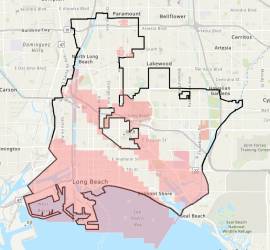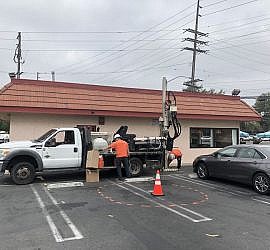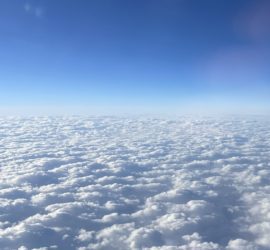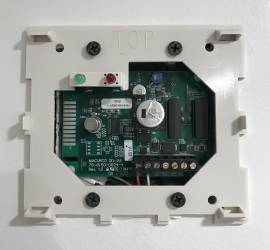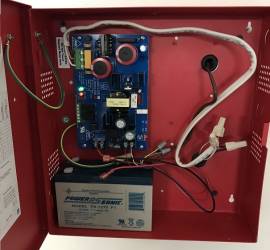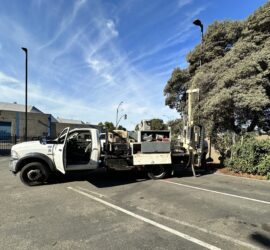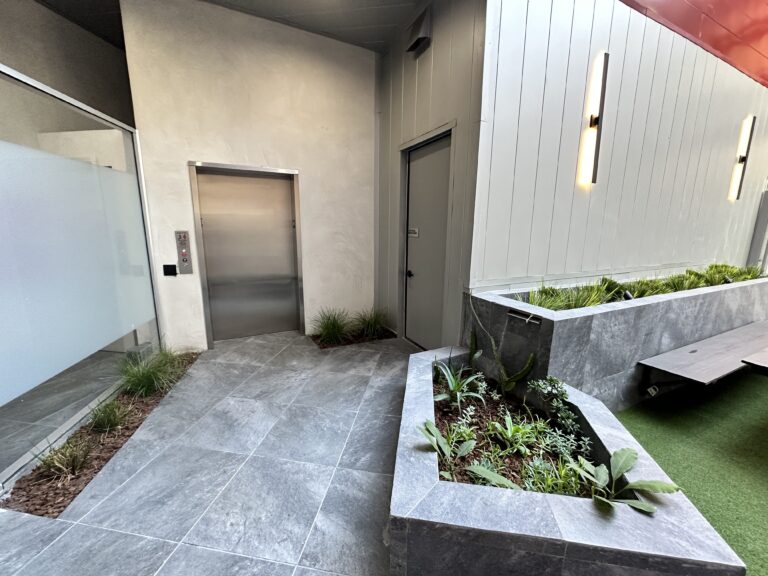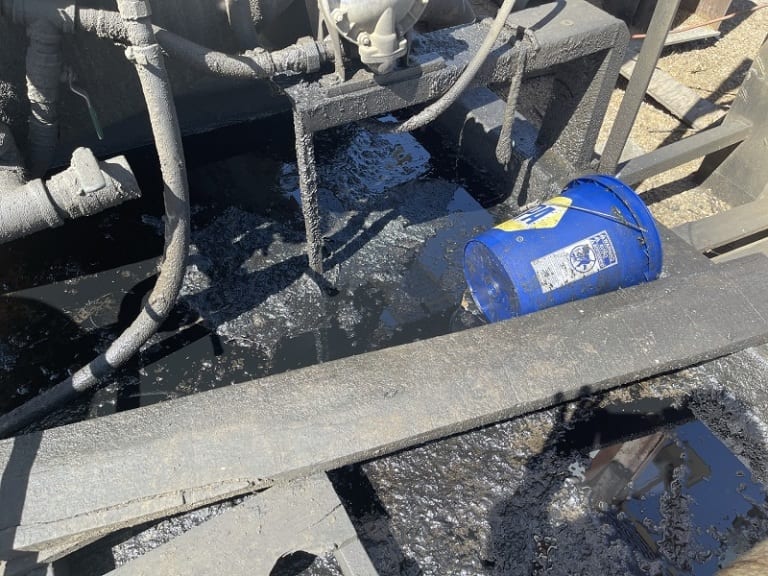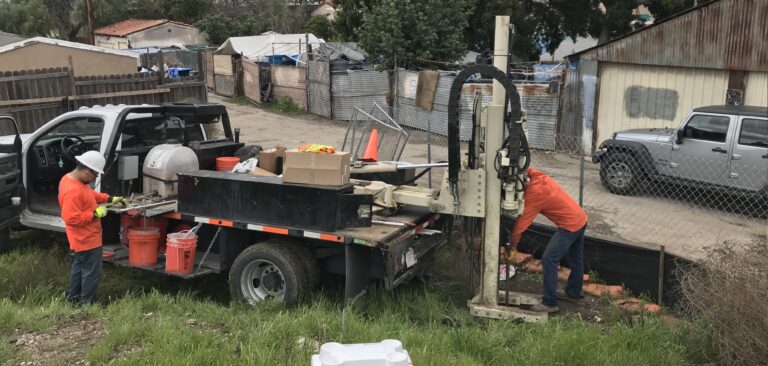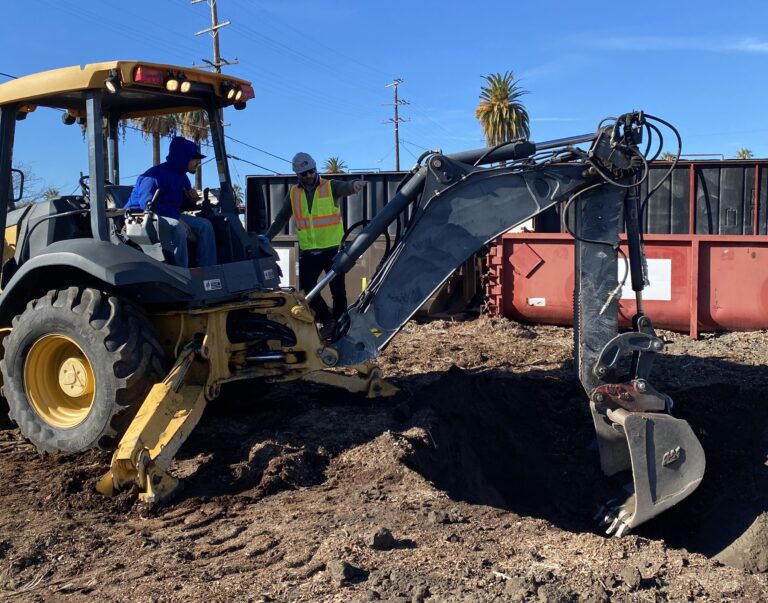What is a Methane Zone in Los Angeles?
What is a methane zone in the City of Los Angeles? A methane hazard zone is a specific area within the LA City district that has a high risk of explosion hazard, due to known concentrations of methane gas underground. Any construction project in these areas will require a vapor mitigation system unless methane test results suggest otherwise. Similarly, a methane buffer zone represents the specific areas surrounding a methane district, and is typically less risky. However, methane buffer zones still require similar testing and mitigation criteria for development. Updated July 11, 2024.
Is My Property in a Methane Zone?
The easiest way to determine if a property is in a methane zone or methane buffer zone is via the City of Los Angeles ZIMAS database. Additionally, there are public methane zoning maps and methane buffer zone maps. However, these maps are hard to use for determining what zone a specific parcel is in. And in many cases, the imagery becomes too blurry when zooming in. Nonetheless, the ZIMAS database provides a more user-friendly and accurate experience. Users can simply enter their site address to locate the parcel. Next, the user can reference the “additional” tab of the right-hand menu to determine the zoning. In fact, most of the official plan checkers prefer using the ZIMAS database over the PDF maps.
Developers and property owners must be certain about whether a property has zoning hazard titles. To do so, one can also confirm the parcel status directly with the Los Angeles Department of Building and Safety (LADBS). Alternatively, a consultation with a professional geologist can provide clarity on the matter. Lastly, the independent use of the available methane district maps and ZIMAS database can also provide consumers with direct information about a parcel’s hazard zoning criteria.
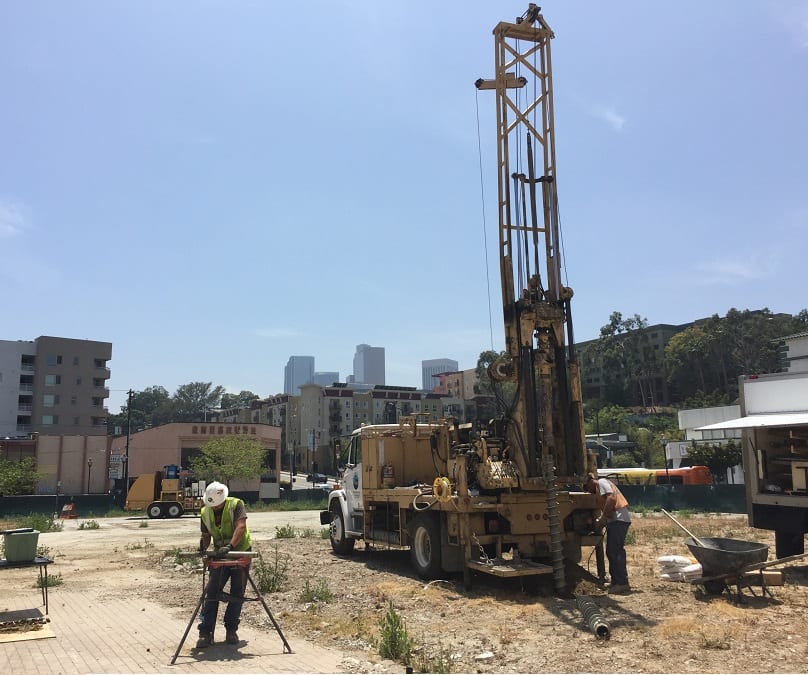
Causes of the Methane Hazard Zone
The build-up of methane soil gas underground can be the result of historical petroleum and natural gas extraction activities. Additionally, the landfilling process and naturally occurring petroleum byproducts (tar, crude oil, etc) can also produce methane. Accordingly, there are various methane districts around Southern California that exist due to all three of these reasons.
The precise reason for why each methane zone or methane buffer zone exists isn’t typically available. In some cases, it may be obvious to the layperson. But this is usually not information that the LADBS provides. Nonetheless, an environmental professional consultant or professional geologist can always determine the source through an environmental site assessment.
How Does Methane Gas Exist Underground
The peak point of a methane soil gas plume actually moves underground through soil formations. And most of the geology in the greater Los Angeles area comprises non-homogeneous alluvium. This means each property has an assortment of various soil types. And each type has a different gas-bearing characteristic. For instance, various pockets of sand, silt, and clay, each have different gas-bearing characteristics. And each one can exist at variable depths that underly two adjacent methane zone properties. And as a result, these two properties can have different methane test results. In fact, even drilling in different locations of the same property can yield different results.
Moreover, climate variations such as precipitation and barometric pressure can also impact the movement of the lighter hydrocarbon soil gas particles underground. As a result, changes in barometric pressure and soil moisture content can cause sample concentrations to shift at different timeframes.
How do Methane Test Results Reflect Methane Zone Hazards
Altogether, the makers of the LADBS testing standards understand that methane test results will always be variable. This is strongly on the basis of location, weather conditions, date, and time of sampling. And all these variables can exist within the same general methane zone. Thus, there is a general requirement for confirmation sampling. And the overall test results are simply a snapshot of methane concentrations at those particular locations, and at those particular times.
What to do for Projects in Methane Hazard Zones
If a parcel is in a methane hazard district, the project developers must default to constructing a level-five methane mitigation system. This is a mandatory requirement by the LADBS, and it can be costly. The only exception to the default level-five mitigation requirement is performing a methane test that has results indicative of a site design level less than “level-five.” For instance, a proper methane test report that shows a site design level of “level-two” will grant the builder LADBS-approval for building a level-two mitigation system, as opposed to a costlier level-five mitigation system. Thus, most developers and builders initially proceed with a methane test upon learning their project is in a methane hazard zone.

